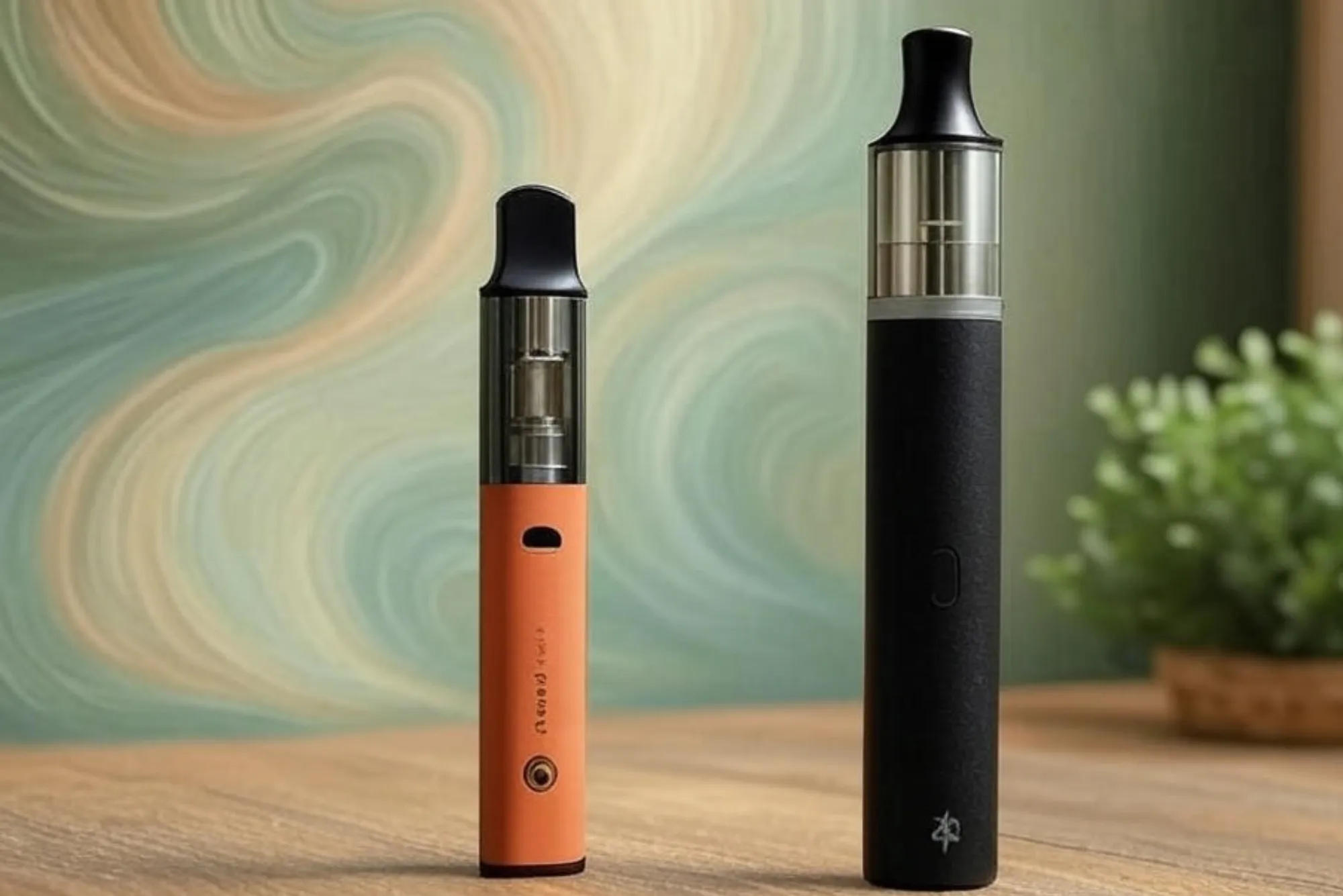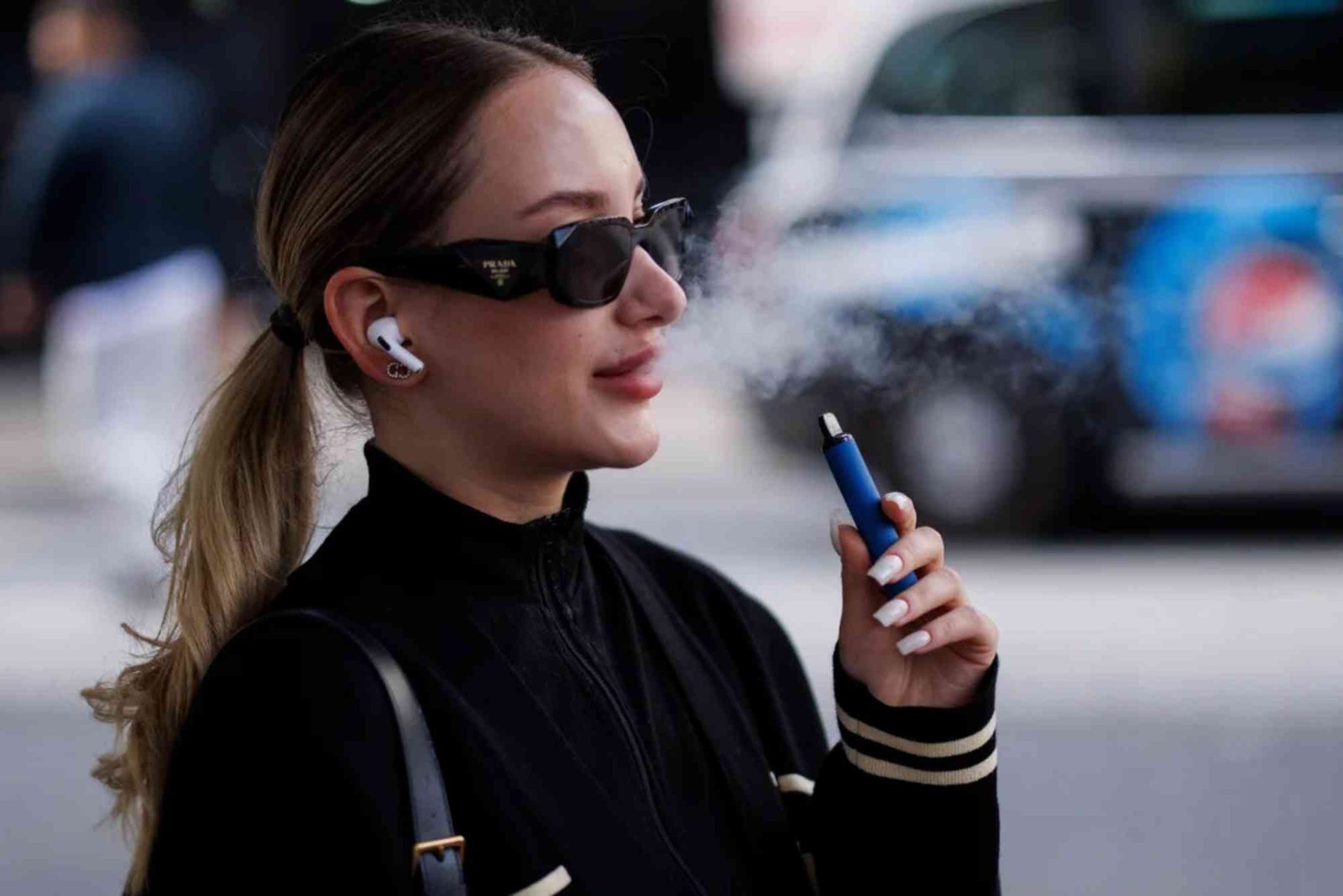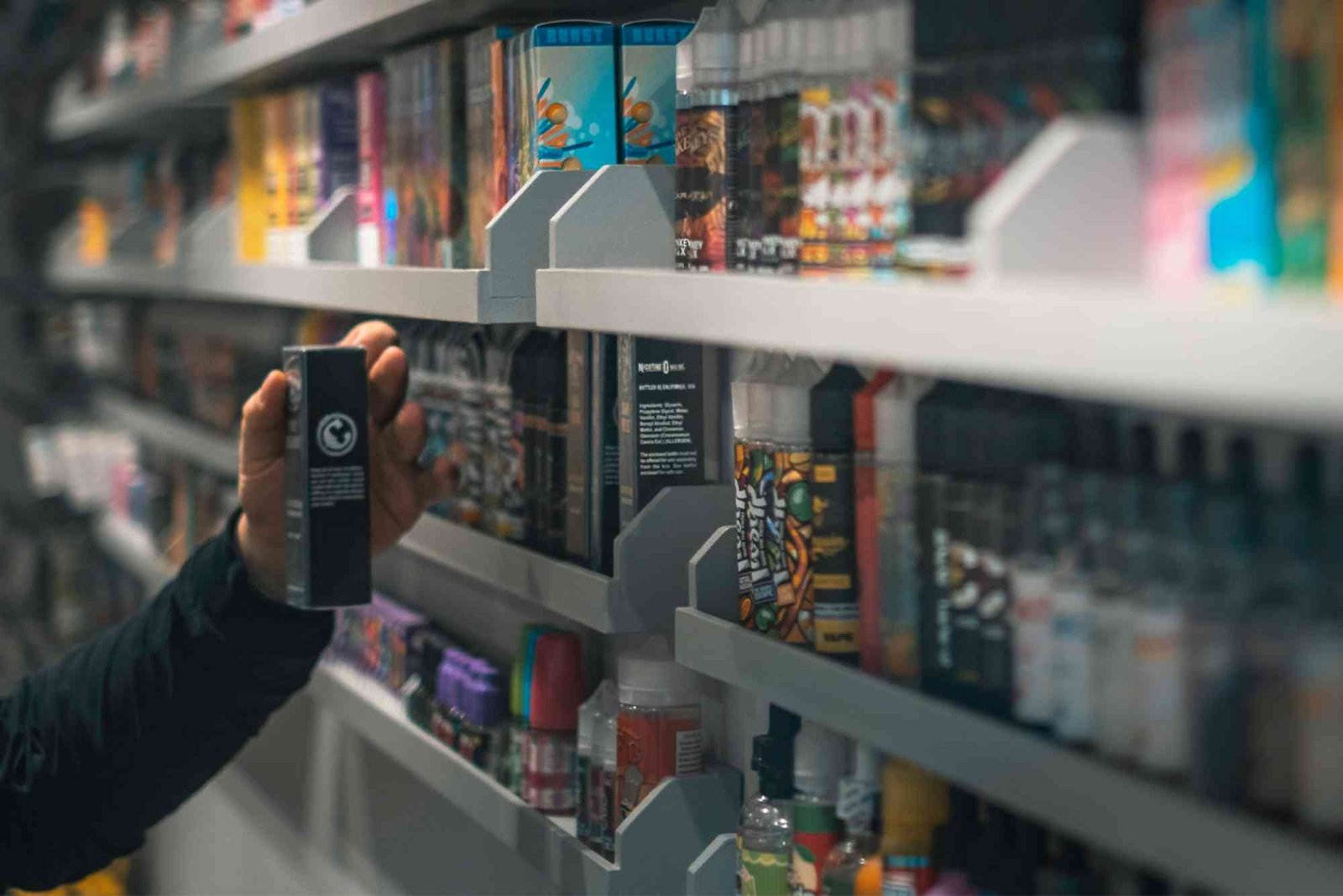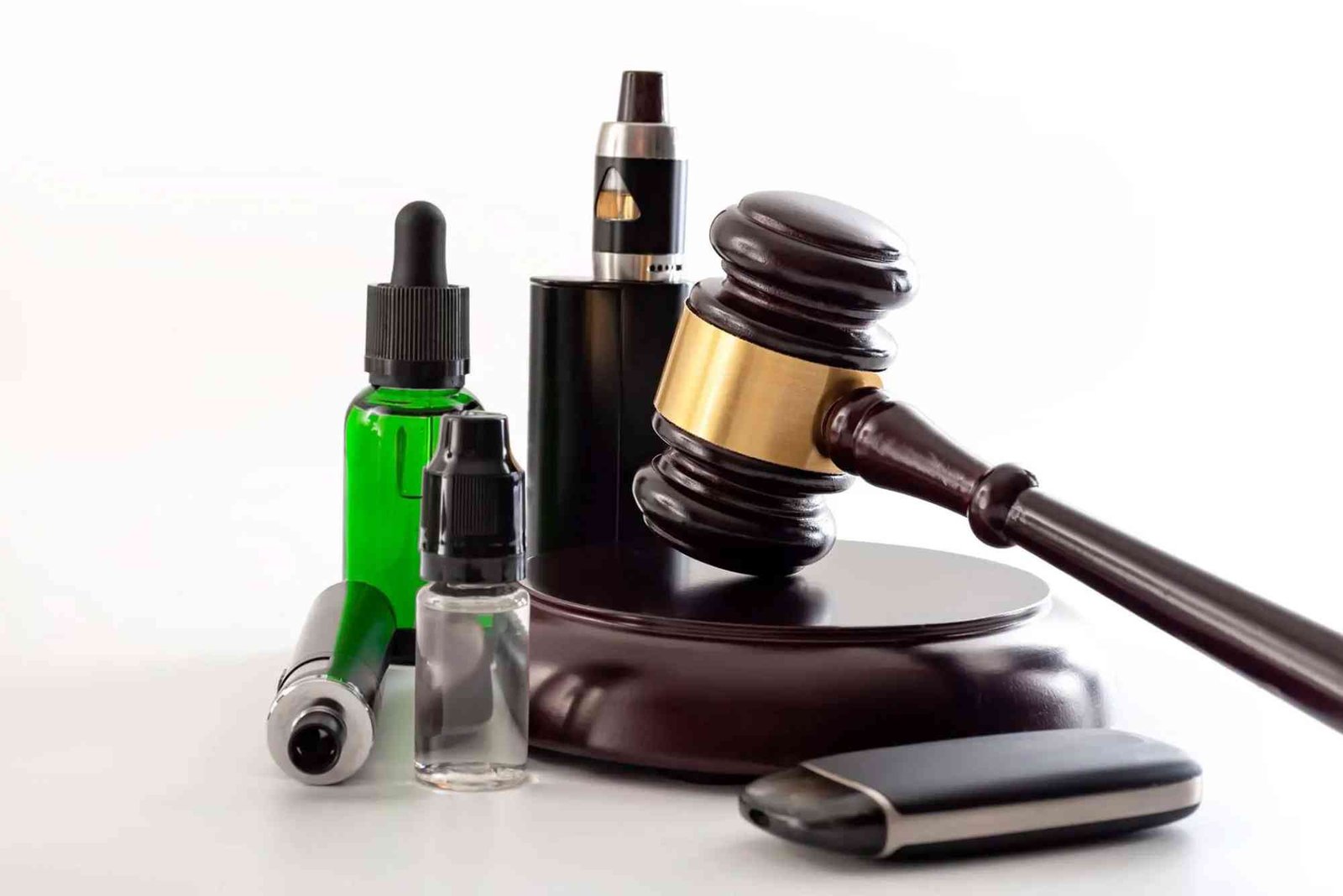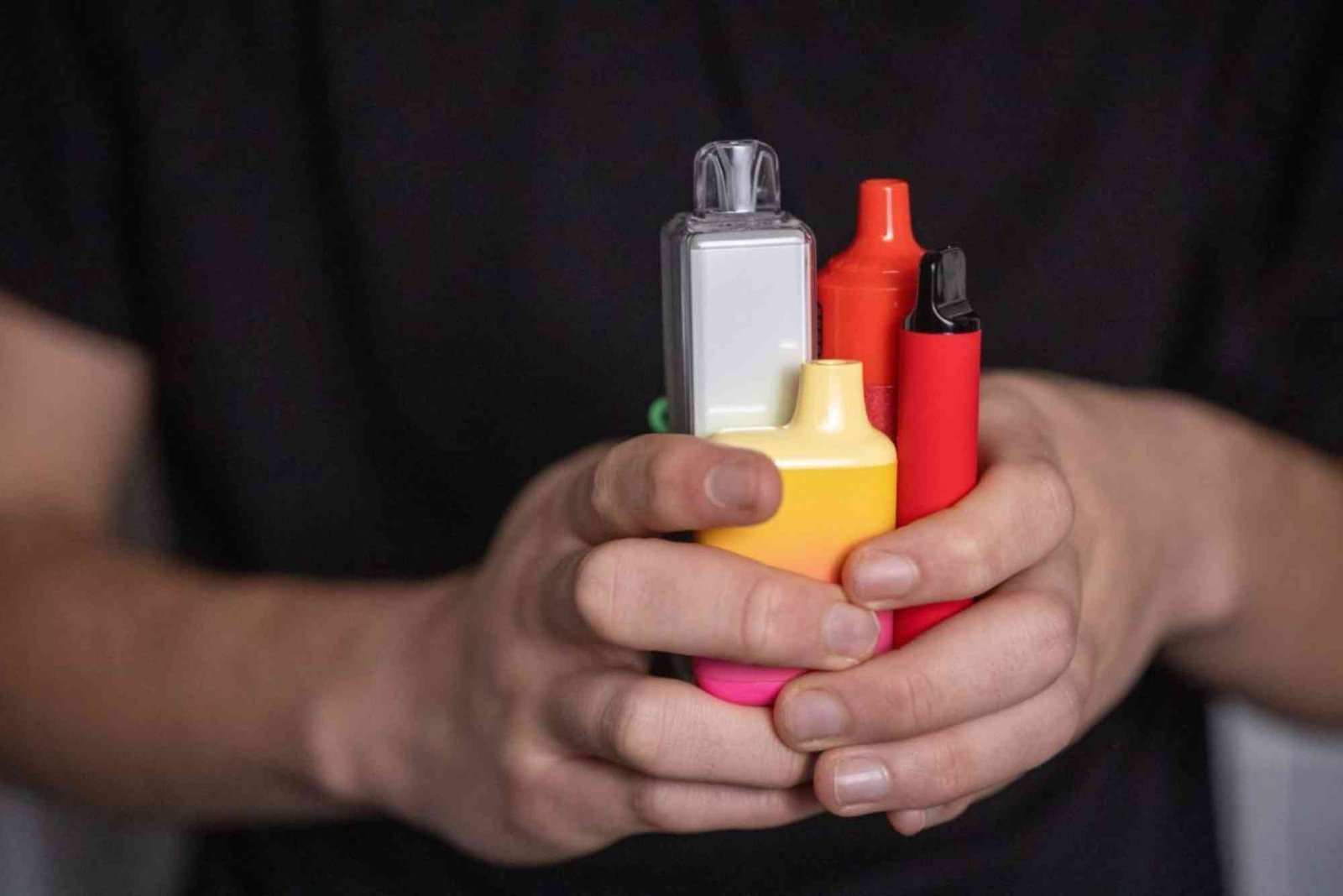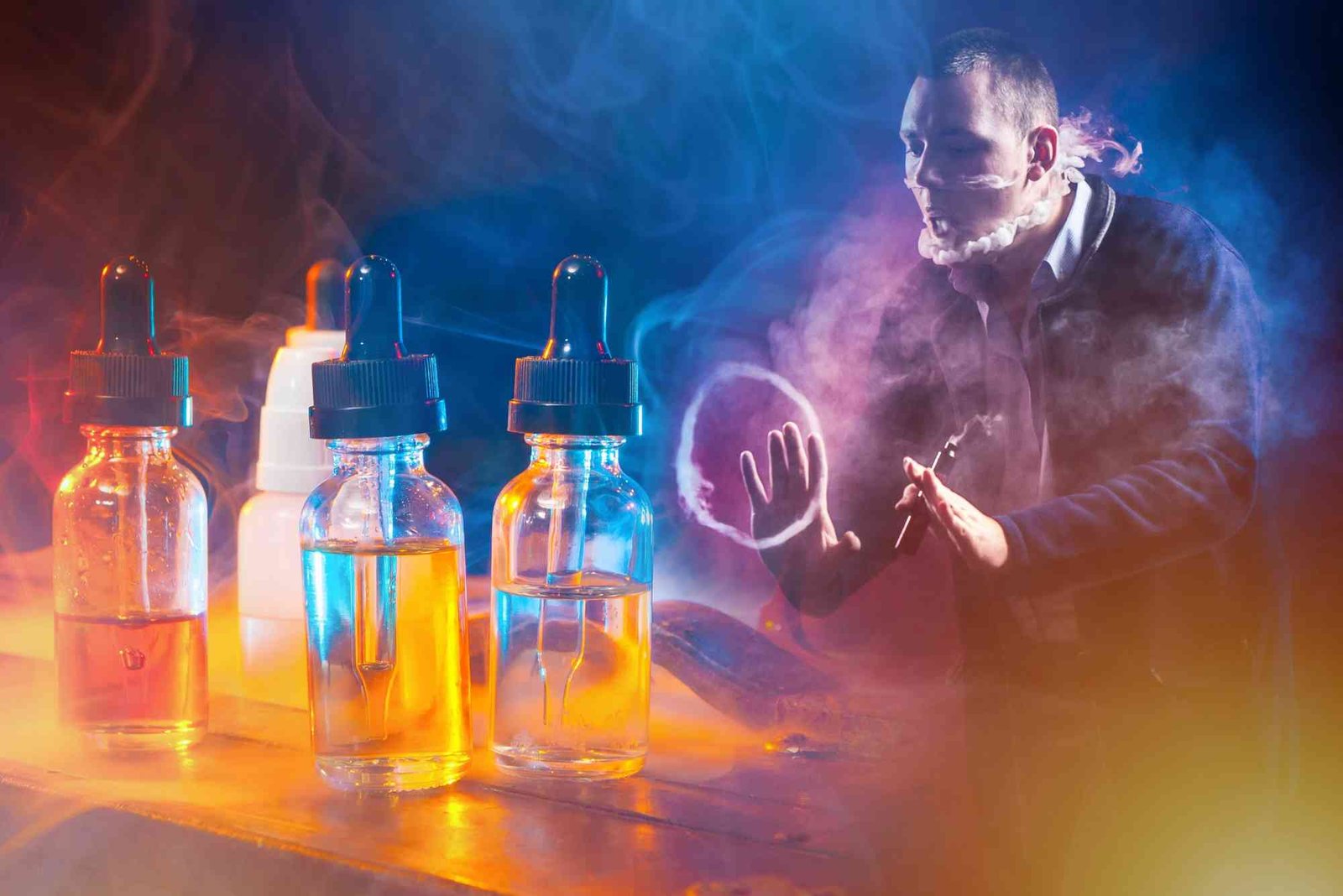Introduction
When it comes to vaping, understanding the ingredients in your e-liquid is crucial. Two of the most common components are PG (Propylene Glycol) and VG (Vegetable Glycerin). If you’re diving into the world of vaping, you’ve likely seen these terms but may wonder what they really mean and how they affect your vaping experience.
What Are PG and VG in E-Liquids?
PG and VG are the two main base liquids used in e-juices. They serve as carriers for nicotine and flavorings, but each has distinct characteristics that influence vapor production, throat hit, and overall flavor.
Propylene Glycol (PG)
PG is a thin, odorless, and tasteless liquid. It has been used safely in food, cosmetics, and pharmaceuticals for decades. In vaping, PG is prized for its ability to carry flavor well and provide a strong throat hit, somewhat similar to smoking traditional cigarettes.
Vegetable Glycerin (VG)
VG is a thicker, sweeter liquid derived from vegetable oils. It produces dense, thick vapor clouds, making it popular with cloud chasers and those who prefer smoother inhales. VG has a naturally sweet taste and tends to soften the intensity of flavor and throat hit.
The Key Differences Between PG and VG
When comparing PG vs VG e-liquids, three main factors often come into play: throat hit, vapor production, and flavor delivery.
Throat Hit
PG offers a stronger throat hit, which simulates the sensation of smoking tobacco. For those transitioning from smoking to vaping, higher PG levels often feel more satisfying. VG, on the other hand, is much smoother on the throat and less harsh, appealing to vapers who dislike the “scratchy” feeling.
Vapor Production
VG is thicker and creates larger, denser vapor clouds. This makes VG-heavy e-liquids popular among hobbyists who enjoy blowing big clouds or performing vape tricks. PG, being thinner, produces less visible vapor but delivers a crisper hit and more flavor.
Flavor Intensity
PG has excellent flavor-carrying properties. E-liquids with high PG content usually have more pronounced and sharper flavor profiles. VG tends to mute flavors slightly due to its thickness and sweetness, so VG-heavy blends might taste smoother but less intense.
How PG and VG Ratios Affect Your Vaping Experience
E-liquids often come in varying PG/VG ratios, such as 50/50, 70/30, or 30/70. Choosing the right ratio depends on your personal preferences and vaping device.
Balanced 50/50 Blends
A 50/50 PG vs VG e-liquid offers a good balance of throat hit, flavor, and vapor production. This ratio is ideal for beginners or those using standard vape pens and pod systems. It provides decent flavor intensity, smooth vapor, and a satisfying throat hit without overwhelming the user.
High PG Blends (70% PG or higher)
High PG blends are thinner and work well with low-power devices and pod vapes. They deliver sharper flavors and stronger throat hits. However, some users may experience irritation or dryness in the throat with high PG content, especially if sensitive.
High VG Blends (70% VG or higher)
High VG e-liquids are thicker and suited for sub-ohm tanks and advanced mods designed to handle dense vapor. These blends produce massive clouds and a smooth vaping sensation but might have less flavor intensity. Because of VG’s viscosity, coils may need more frequent changing.
Why Does PG or VG Matter in Your Device?
Your vape device plays a crucial role in determining which PG vs VG e-liquids work best. Low-wattage devices often require thinner, high-PG liquids to avoid clogging coils. Conversely, high-wattage sub-ohm tanks thrive with thick, high-VG juices for maximum cloud production.
Choosing the wrong ratio for your device can cause poor performance, reduced coil life, or unsatisfying vapor.
Are There Any Health Differences Between PG and VG?
Both PG and VG are generally recognized as safe by health authorities when ingested or applied topically. However, inhalation is a newer area of study. Some users report mild allergic reactions or sensitivity to PG, such as throat irritation or dry mouth. VG is considered less likely to cause allergies but might cause some build-up in the device.
If you notice discomfort, switching your PG vs VG e-liquid ratio could improve your experience.
Which Should You Choose: PG or VG?
The answer depends on what you want from vaping. Here’s a quick summary to help you decide:
- If you prefer strong throat hit and intense flavor: Choose higher PG ratios.
- If you want smooth hits and big vapor clouds: Opt for higher VG ratios.
- If you want a balanced experience: Try a 50/50 blend and adjust from there.
Remember, experimenting with different ratios can help you find your perfect vape.
Common Myths About PG vs VG E-Liquids
Many myths surround PG and VG e-liquids, often causing confusion for new vapers.
Myth: PG is harmful, VG is natural and safe
While VG is plant-based, both PG and VG are safe for vaping in appropriate amounts. Neither is inherently harmful when used in reputable e-liquids.
Myth: VG produces no throat hit
VG does produce a mild throat hit, just much softer than PG.
Myth: High VG juices are only for advanced users
While VG is thicker and may require more powerful devices, anyone can enjoy VG-rich juices with the right setup.
Tips to Optimize Your PG vs VG E-Liquid Choice
To get the most out of your vape, consider these practical tips:
- Start with a 50/50 ratio: It offers a well-rounded experience and helps you assess your preferences.
- Adjust based on sensitivity: If you experience throat irritation, reduce PG. If flavor seems weak, try increasing PG.
- Match your device: Use thinner, high-PG liquids for low-power devices and thicker, high-VG liquids for sub-ohm mods.
- Stay hydrated: PG can cause dry mouth, so drink water while vaping.
- Store e-liquids properly: Keep them away from heat and sunlight to preserve quality.
Understanding PG vs VG e-liquids is key to unlocking the full potential of vaping. Each base liquid offers unique benefits that affect flavor, throat hit, and vapor production. By learning how these two work and choosing the right ratio for your style and device, you can tailor your vaping experience to be more enjoyable and satisfying. Ready to explore new e-liquids? Experiment with different PG vs VG ratios and find your perfect balance today.
Frequently Asked Questions
What does PG vs VG mean in vape juice?
PG stands for Propylene Glycol, and VG stands for Vegetable Glycerin. They are the base liquids in e-juices that affect flavor, vapor, and throat hit.
Which is better, PG or VG for vaping?
Neither is strictly better; it depends on your preference. PG offers stronger throat hit and flavor, while VG produces thicker vapor and smoother hits.
Can I use high VG e-liquids in any vape device?
High VG juices are best for sub-ohm tanks and mods designed for thick liquids. Using high VG in low-power devices can cause coil clogging.
Does PG cause allergies or side effects?
Some people are sensitive to PG and may experience throat irritation or dry mouth. Switching to higher VG e-liquids can help.
How does PG vs VG affect flavor?
PG carries flavor more effectively, making e-liquids taste sharper. VG mutes flavors slightly and adds natural sweetness.
What ratio of PG to VG is best for beginners?
A 50/50 PG vs VG blend is usually recommended for beginners as it balances throat hit, flavor, and vapor production.


